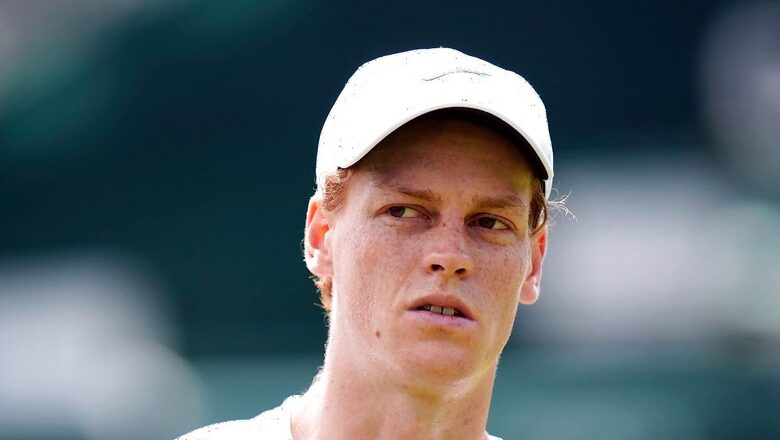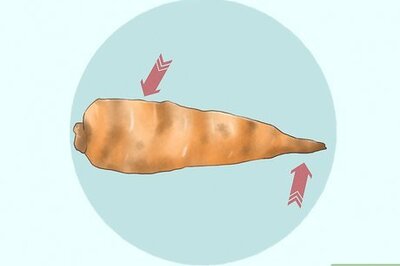
views
No. 1-ranked men’s tennis player Jannik Sinner will be playing in the U.S. Open — which begins in New York next week — even though word just emerged that he tested positive twice in March for a banned anabolic steroid.
It’s a case that no one knew about until Tuesday and one that has drawn all sorts of questions — and, in some instances, criticism — from other players who wonder whether there was a double standard at play because of Sinner’s success, are confused about why this was all kept under wraps, and want to know why Sinner was allowed to keep competing before there was a resolution.
Not everyone is completely ready to just move forward like Sinner. And it will be interesting to see how much scrutiny the Italian receives — from other athletes, from spectators, from the media — during the year’s last Grand Slam tournament, where he will be the top-seeded man.
Here is a look at some of the issues connected to what happened with Sinner:
What is Clostebol, the drug Sinner tested positive for?
Clostebol is an anabolic steroid that can be found in ointments and sprays sold over-the-counter in some countries, such as Italy, and used to treat cuts or scrapes.
It is considered a performance enhancer, and several athletes in various sports have been suspended after testing positive; one high-profile example was San Diego Padres star Fernando Tatis Jr., who received an 80-game ban from Major League Baseball in 2022.
Sinner submitted a urine sample that showed traces of Clostebol during the Indian Wells tournament in California in March; an out-of-competition sample eight days later also tested positive.
Why was Sinner allowed to continue competing?
Sinner was provisionally suspended for the two positive results, but he appealed those bans, saying that he inadvertently was exposed to the steroid. He argued that one member of his team purchased a spray that contained Clostebol in Italy, then gave it to another team member — a physiotherapist — who cut a finger. Sinner said the physiotherapist then gave him a massage, which transmitted the substance to Sinner.
The International Tennis Integrity Agency (ITIA), which handles anti-doping and anti-corruption investigations for the sport, accepted his explanation, as did an independent tribunal, which said Sinner was not negligent and not at fault.
Was Sinner punished at all?
Because one of the positive tests came during a tournament, Sinner had to forfeit $325,000 in prize money and 400 ranking points he earned by getting to the semifinals at Indian Wells.
What do other players think about Sinner’s case?
Plenty of players hopped on social media to offer their takes on the latest high-profile doping case in tennis, a list that includes suspensions reduced on appeal for Grand Slam champions Maria Sharapova and Simona Halep.
Nick Kyrgios, the Wimbledon runner-up in 2022, called the situation “ridiculous” and said he thought a ban was warranted.
Tennys Sandgren, a two-time quarterfinalist at the Australian Open, said Sinner’s explanation for how the steroid got into his system “does seem pretty plausible,” but added that “how this was handled really doesn’t seem fair compared to other players whatsoever.”
There also were those who noted that Jenson Brooksby and Mikael Ymer both were suspended for missing tests.




















Comments
0 comment